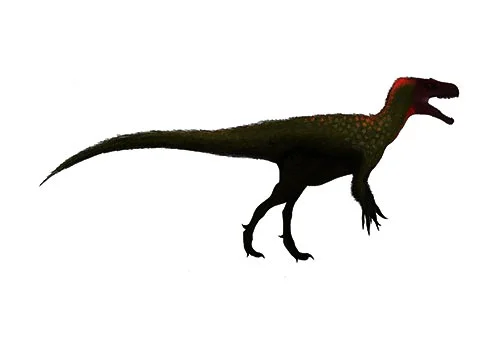Marshosaurus (Marsh’s lizard)

Marsh-o-sore-us
James Madsen - 1979
it was named in honor of Othniel Charles Marsh
Carnivore
Estimated 4-5 meters long
Large Theropod
M. bicentesimus (type)
USA – Utah, Colorado - Morrison Formation
Late Jurassic, 155-145 million years ago
Marshosaurus Facts
Marshosaurus was a genus of theropod dinosaur that lived in North America during the Late Jurassic period, approximately 155 to 145 million years ago. It was a small to medium-sized predator, with adults estimated to have been around 4 to 5 meters (13 to 16 feet) long and weighing up to 150 kg (330 lbs).
The first fossils of Marshosaurus were discovered in 1979 in the Morrison Formation of Utah, and it was named in honor of Othniel Charles Marsh, a prominent 19th century paleontologist who made many important contributions to the study of North American dinosaurs.
Marshosaurus was a member of the family Ceratosauridae, which also includes the better-known Ceratosaurus. Like other ceratosaurs, Marshosaurus had a relatively short snout and a pair of prominent horns on its head, which it likely used for display rather than for combat.
Despite its relatively small size, Marshosaurus was a powerful predator, with strong jaws and sharp teeth that it used to capture and kill small to medium-sized prey. Based on studies of its teeth and jaws, scientists believe that it primarily fed on other dinosaurs, although it may have also scavenged on the carcasses of dead animals.
Marshosaurus is an important dinosaur for paleontologists because it helps to fill a gap in our understanding of theropod dinosaur evolution during the Late Jurassic period. It is also significant because it is one of the earliest known ceratosaurs, providing insight into the early diversification of this group of dinosaurs.



